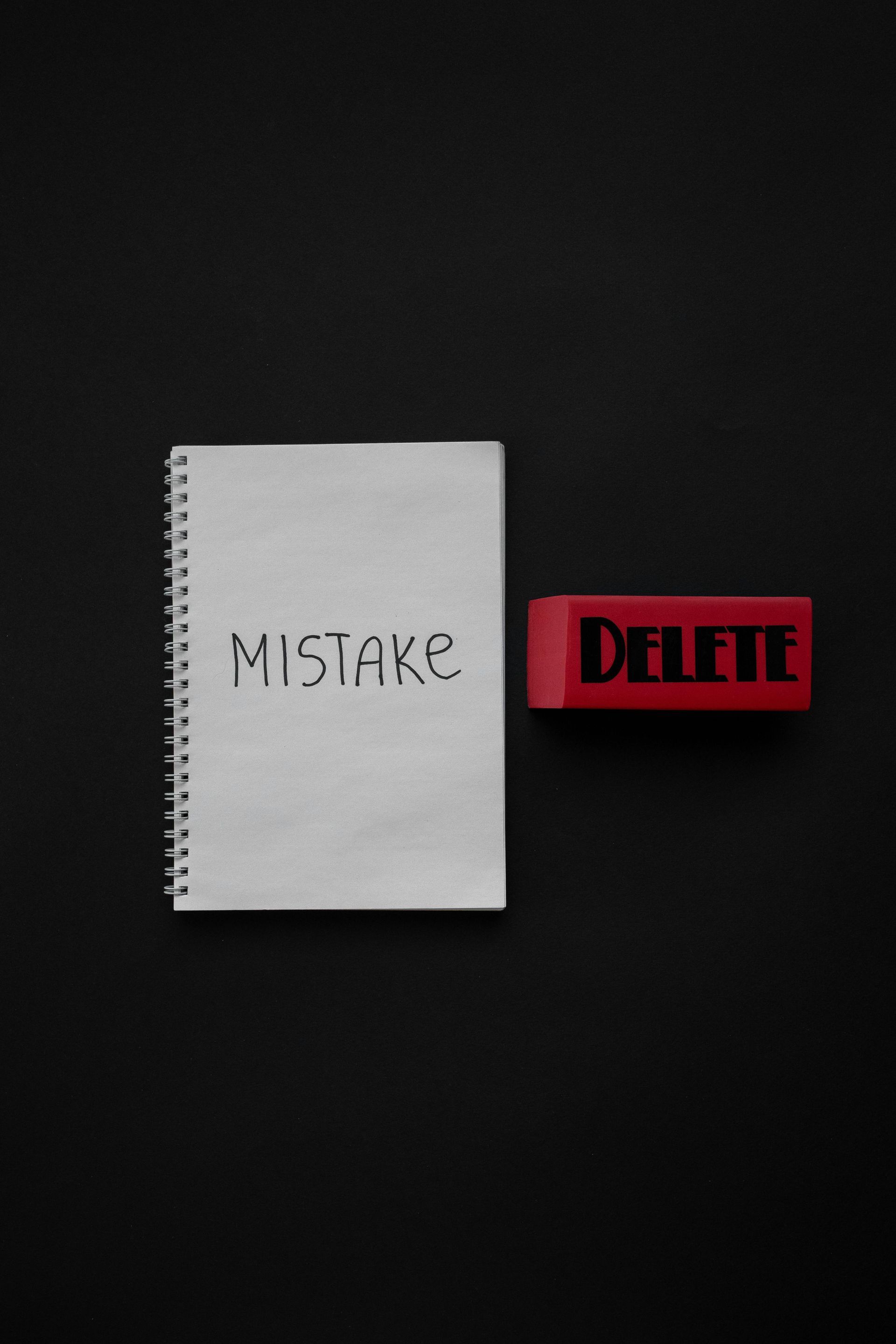Selecting the Right ERP for Your Business
Which ERP system is best?

Selecting the Right ERP for Your Business
How do I choose an ERP?
Choosing an ERP system is one of the biggest technology decisions your business will make. The right choice can streamline operations, improve reporting, and support your growth for years to come. The wrong one can tie up your time and money without delivering value.
When we help clients at Right Hand Consulting, we focus on clarity before commitment — ensuring every decision is grounded in real business needs, not vendor promises.
If you’re new to ERP, start with our overview of why ERP matters for scaling your business
1. Start with Strategy, Not Software
If you remember nothing else having read this article, remember this:
Before looking at demos or pricing, define why you need ERP in the first place.
Ask:
- What business outcomes are we trying to achieve?
- Which processes cause the most duplication or delay?
- Where do we need visibility, control, or automation?
ERP selection should align with your strategy, not just your pain points. By understanding your goals early, you’ll know whether you need efficiency, compliance, integration, or scalability.
📌 Tip: Align ERP goals with your three-year plan so the system grows with you.
(When we guide clients through this phase, we often uncover opportunities for process improvement or Enterprise Ireland funding that weren’t obvious at the start.)
2. Map and Prioritise Your Business Processes
ERP isn’t one tool — it’s the backbone connecting every department.
When we are working with clients the first thing we do is map the current state workflows.
- Procure-to-Pay (P2P)
- Order-to-Cash (O2C)
- Plan-to-Produce (Manufacturing)
- Record-to-Report (Finance)
- etc
Then we design the best future state workflows for your business as applied when you have a fully functioning and appropriate ERP implemented. It's only then we know which vendors to approach for your application.
Identify where re-entry or manual steps exist. These are prime areas for automation. Then rank processes as critical, important, or supporting, so you know where ERP investment delivers the biggest impact.
🗺️🗺️ ERP process mapping, ERP workflow improvement, business process analysis before ERP. We cover this in more detail in Business Process Discovery: The First Step to ERP Success.
3. Define Clear, Measurable Requirements
A vendor can only meet your needs if you can describe them precisely.
Build a requirements list by department covering:
- Core functions (sales, stock, purchasing, finance)
- Industry-specific needs (batch tracking, service scheduling)
- Reporting and analytics
- Integrations (CRM, e-commerce, payroll)
Avoid vague phrases like “must be user friendly”. Instead, say “our sales orders can be over 100 lines long, must be able to process quickly” or “reports generated automatically at month-end.”
🧩 ERP requirements checklist, ERP selection criteria. You’ll find a step-by-step template in Define Before You Buy: Building the Right Software RFP.
4. Involve the Right People Early
When working with our clients we involve the key people who will take ownership of the processes being designed. Having the right people in the room ensures buy in. The project belongs to the people rather than management.
ERP affects everyone. Involve department leads and end-users from the start.
Set up a small ERP selection committee that includes:
- A project sponsor with decision authority
- Key department representatives
- A neutral external consultant for structure and oversight
This approach builds ownership and prevents surprises later.
5. Compare Deployment Options: Cloud vs On-Premise
Your choice impacts cost, control, and flexibility.
OptionProsConsCloud ERP (SaaS)Lower upfront cost, automatic updates, remote accessRequires stable connectivity, limited customisationOn-Premise ERPFull control, local data, deeper customisationHigher upfront cost, internal maintenance needed
Most Irish SMEs now choose cloud ERP for its speed and scalability. Regulated industries may prefer hybrid models for control.
☁️ ☁️ Cloud ERP vs on-premise ERP, SaaS ERP Ireland. See our article The Difference Between Cloud and On-Premise ERP for more detail.
6. Evaluate Vendors Objectively
Once you shortlist vendors, compare both software capability and implementation quality.
Score each vendor on:
- Functional fit
- User interface
- Implementation method
- Local support availability
- Integration capability
- Total cost of ownership (TCO)
Ask them to demonstrate your workflows — not generic slideshows.
📊 ERP vendor comparison, ERP evaluation matrix.
7. Check References and Industry Fit
Good vendors will happily connect you with existing clients.
Ask references:
- How responsive was the support team?
- How long did training and go-live take?
- Would you choose the same vendor again?
Honest feedback tells you more than any sales presentation.
8. Understand the Total Cost of Ownership (TCO)
ERP pricing can be deceptive. Beyond licences, include:
- Implementation and migration services
- Training and change management
- Annual renewals or subscriptions
- Integration costs
- Future scalability
Look at 3-year and 5-year costs — not just monthly figures. A slightly higher subscription can work out cheaper when support and updates are included.
9. Plan for Implementation Early
Don’t wait until after purchase to think about implementation.
Before signing, request:
- A project timeline and key milestones
- Defined testing and training stages
- Agreed support after go-live
Internally, prepare clean data, clear process documentation, and early communication.
(We help clients design this roadmap, often combining it with Enterprise Ireland funding applications for project management or change support.)
10. Focus on Long-Term Partnership
ERP isn’t a transaction — it’s a relationship.
Choose a vendor that understands your sector and can grow with you.
Does it help if they are situated locally? Yes it certainly can do. A partner situated in Ireland may be more available than one in the UK for example, and they would understand local tax laws and so on. However, it's also important that the product fits the requirement. With the popularity of Teams and Zoom meetings today, it's perfectly reasonable to work with the right partner even if they are not local.
The best ERP partners:
- Share product roadmaps
- Offer refresher training
- Help identify continuous improvement opportunities
Conclusion
Selecting the right ERP is about understanding your processes, people, and priorities — not just comparing software.
When we help clients through ERP selection, we bring structure, clarity, and funding insight — helping businesses build a system that supports growth, not headaches.
If you’re planning a new ERP or preparing to scale, we can help you:
- Define your requirements
- Compare systems objectively
- Access Enterprise Ireland support for ERP and project management
Contact Us










